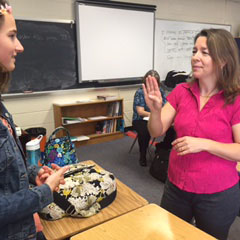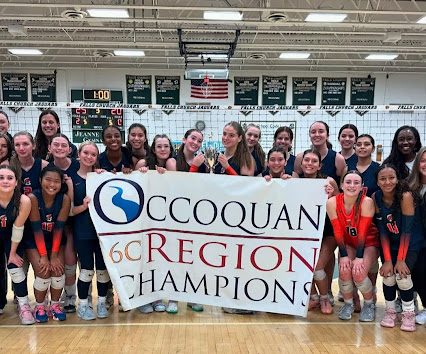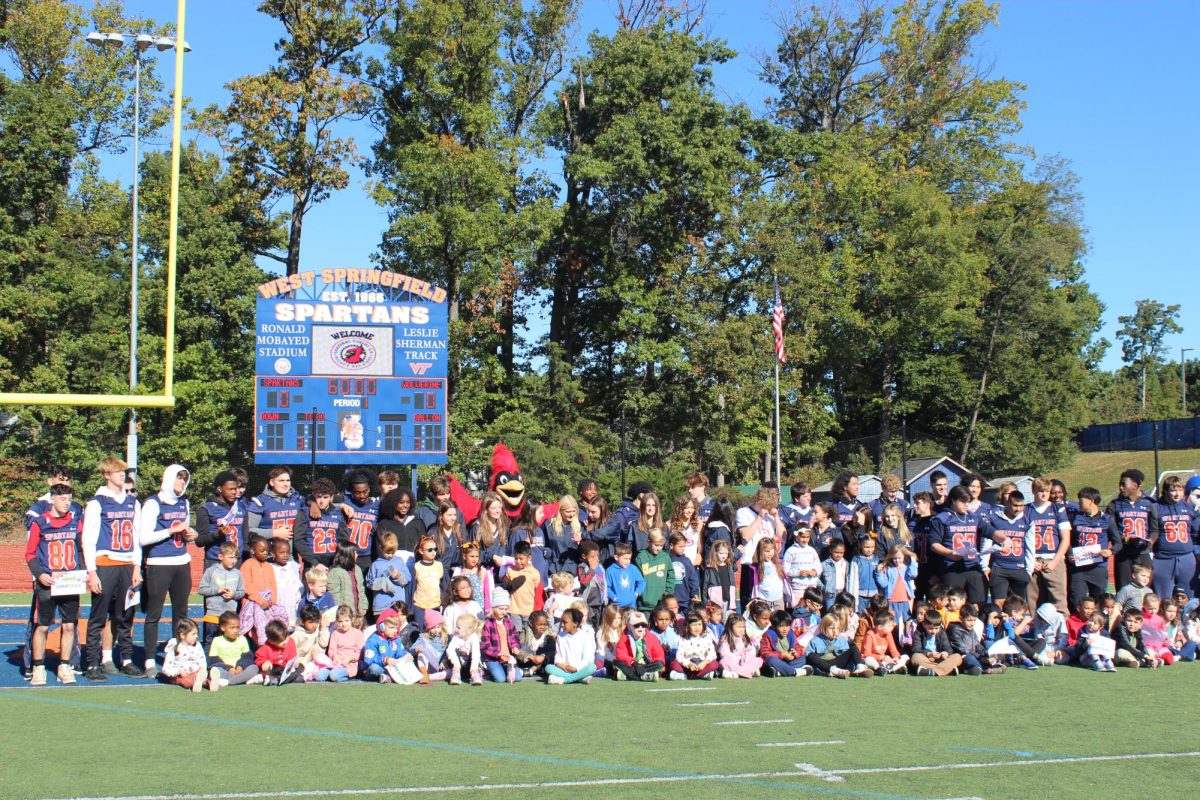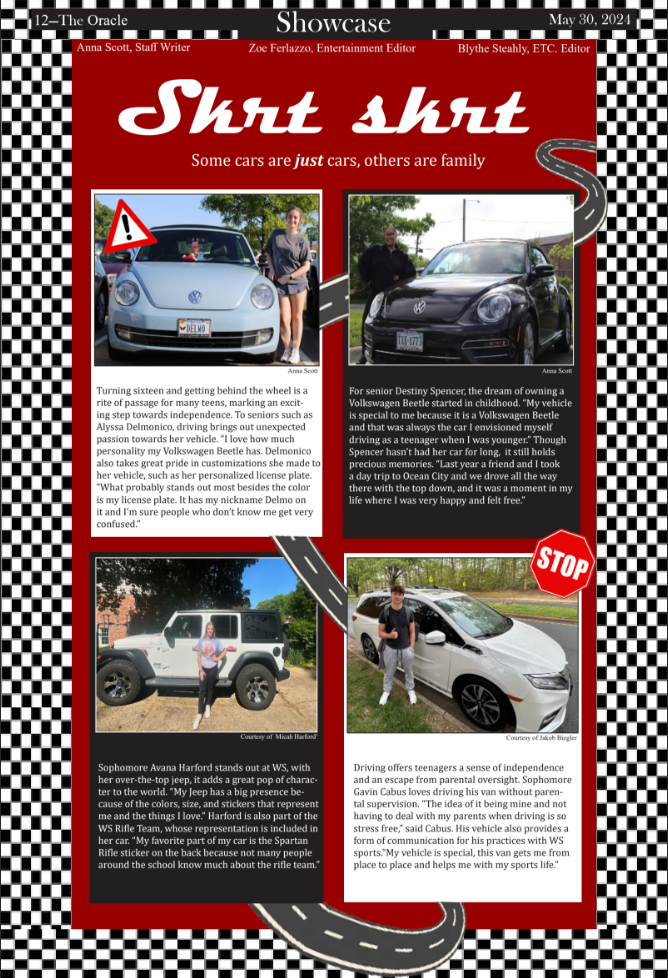Silence and signs
ASL teachers come from deaf community

Photo courtesy of Sarah Thompson
Junior Shelly Shoults chats with her teacher, Ms. Kendrick, through the use of American Sign Language she has learned in class.
December 1, 2015
To those who are deaf, the world is like an old silent film; it is a quiet display of motions and expressions that must be constantly observed in order to stay with the story line.
Here, where conversations, footsteps and the sounds of chipped blue lockers slamming shut fill the halls, American Sign Language teachers are introducing students to their quiet world.
If anyone considers deafness to be a disability, then all three of our ASL teachers must be overlooked, because each week they prove that a voice is not needed to reach a person.
Heather Kendrick, Michael Knapp and Karen Spanbauer comprise the ASL department. Throughout Fairfax County, no other school, can boast having an ASL program made up completely of teachers who are deaf. This unique and mute language is taught by some of the smartest individuals, who have overcome the sound barrier.
“I originally taught high school science at a Deaf School,” said Kendrick, “I [also] taught ASL in colleges before I became a science teacher.”
Kendrick currently holds classes for the first and second level ASL students. It was with her encouragement, that Spanbauer also found herself at WS leading the next generation of ASL students.
Despite Kendrick’s enthusiasm for the language, as with any class, teaching it to a diverse group of students encompasses some difficulties.
“Everyone has a different learning style [and] needs – my challenge is matching all the varieties,” said Kendrick.
Balancing staying on schedule and ensuring that students are where they need to be is one of the most arduous aspects of teaching. Students have to adapt to being more aware of what is going on around them since ASL consists of hand motions.
“If you don’t understand something she’ll take more time to help you since its really crucial that you get to know it,” said freshman Jordan Delmonico.
Kendrick does not use her voice to convey with her students, even though she is articulate. This allows students to improve their comprehension skills and requires them to be more attentive.
“I choose not to speak as I prefer a total immersion environment,” she said.
This “environment” can be tough for her pupils to become habituated to, since they cannot use their voice to speak. It is easy for them to talk amongst themselves, but the difficulty is keeping that to a minimum and applying the vastly different language they are learning.
“You’re not speaking with your mouth, your speaking with your hands,” said junior Shelly Shoults.
Unlike most languages, ASL uses the eyes, and not the ears. For most students, this is a peculiar way to converse and involves much more effort and thought.
“Some have a hard time with the shift from audio to visual input. – Humor bridges most communication gaps,” said Kendrick.
The absence of her voice when teaching, can prove difficult. However, an upside can be found.
“I feel like it improves your listening skills, because you do have to focus more in class,” said Delmonico.
Additionally, there resides another benefit. The absence of voice does not prevent a common confabulation or understanding from taking place, but rather could enhance it.
“It feels like you’re interacting more with the person, when you’re signing to them,” said Delmonico.
Without hearing, Kendrick and the other ASL teachers encounter the world in a divergent way. However, Kendrick doesn’t desire for her condition to be any different.
“I don’t really wish I could hear- I am happy [with] who I am – being Deaf is part of my identity,” said Kendrick.




